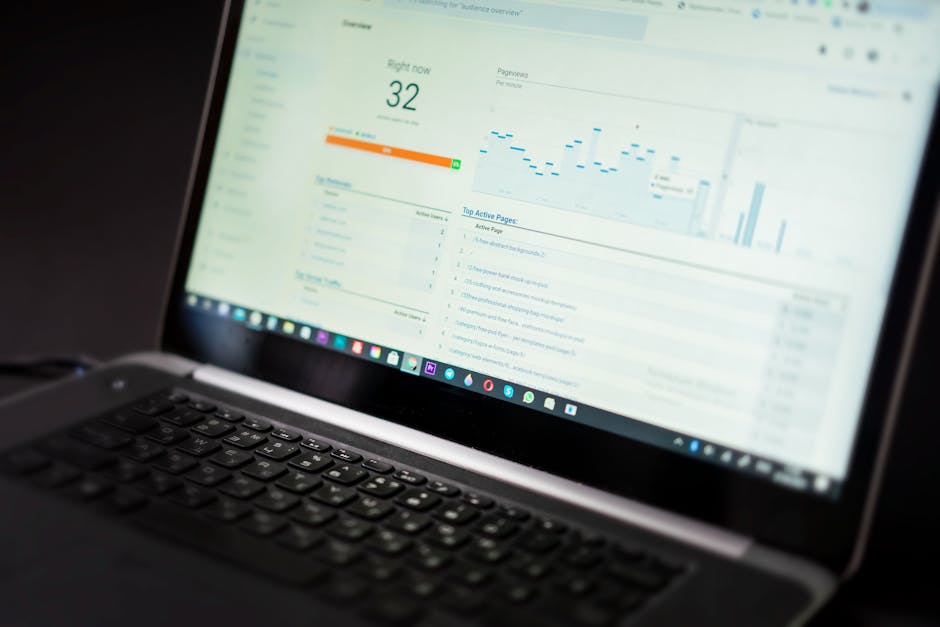
Customizing downloadable SaaS demo templates is one of the most high-impact steps SaaS companies can take to elevate user engagement, accelerate onboarding, and boost conversions. Yet, many teams fall into the trap of using generic, one-size-fits-all walkthroughs, missing out on the true potential of hands-on, tailored demo experiences. At DemoGo, we’ve worked with countless product managers, marketers, and customer success teams, so we understand where most templates succeed—and where they miss the mark.
Why SaaS Demos Fail to Engage (and How Customization Fixes It)
When prospects or new users interact with a demo, they’re seeking quick answers: How will this platform fit my workflow? Can it solve my real-world pains? The market is saturated with demos that show features but fail to connect them to the distinct needs of their user segments. Customization bridges this engagement gap by:
- Establishing immediate relevance through persona-based content.
- Reducing cognitive overload by guiding the user on a logical, purposeful path.
- Capturing intelligence on user preferences and drop-off points, which fuels further optimization.
From our experience helping SaaS companies craft effective interactive demos, we’ve found that a step-by-step process with thoughtful personalization consistently delivers higher engagement, clearer product value, and better conversion rates.

Step 1: Set Clear Objectives for Each Demo
Begin with clarity. Before customizing any template, decide what you want your demo to achieve. Is this demo for:
- Accelerating user onboarding?
- Supporting sales conversations?
- Reducing support tickets or illustrating technical functionalities?
Define the metrics you’ll track—such as demo completion rates, engagement with call-to-actions, or time spent on each step. Select 2-4 “a-ha” feature moments to highlight, ensuring your demo feels purposeful and memorable rather than a monotone walkthrough.
Step 2: Segment Your Audience and Build Personas
Customization starts with audience understanding. Use available customer data, stakeholder interviews, and CRM attributes to segment your users into meaningful groups. Typical SaaS audiences include:
- Product Managers: seeking efficiency, reporting, configuration options.
- Marketing Executives: interested in analytics, lead gen, campaign features.
- Customer Success Managers: focused on support, onboarding, training flows.
For each persona, adjust demo templates to mirror their vocabulary, daily workflows, and pain points. This doesn’t just make your content relatable—it helps users visualize themselves inside your product, which is proven to enhance engagement.
Step 3: Capture Authentic Product Flows
Use a robust tool (like DemoGo’s desktop application) to capture your SaaS interface. Prioritize scenarios that mirror common user journeys: onboarding, core feature discovery, integration setup, or troubleshooting. As you prepare each screen:
- Edit out sensitive or cluttered data (replace with realistic, audience-specific dummy entries).
- Maintain interactive states—such as drop-downs, hovers, and modals.
DemoGo’s desktop capture provides total control without security-bypassing browser plugins, letting you share demos on your own infrastructure with zero IT headaches. This ensures a smoother, faster, and more secure experience for both your team and your audience.
Step 4: Craft Logical, User-Centric Demo Flows
Structuring your demo as a compelling story is essential. Organize steps so that each action builds on the previous one, mimicking natural onboarding or discovery paths:
- Keep flows focused to 8-15 steps for optimal attention and retention.
- Start with “quick-wins,” then gradually reveal more advanced capabilities.
- Apply your product’s branding—choose the same fonts, colors, and tone as your SaaS app for consistency.
Step 5: Embed Interactive, Hands-On Elements
Modern users expect far more than static click-throughs. Make your templates pop by adding:
- Tasks: Let users actually complete actions (e.g., sending a mock notification, editing a demo record).
- Guided Tooltips: Provide real-time hints for complex features or integrations.
- Dynamic Branching: Allow users to select their journey (choose their role, preferred workflow, or desired outcome).
- Embedded Quizzes or Mini-Assessments: Let users test their knowledge or see tailored recommendations as they proceed.
- Call-to-Actions: Sprinkle clear CTAs (contact sales, sign up, download, schedule a demo) throughout, not just at the end.
This level of interactivity invites “learning by doing” and builds real muscle memory around your product, which dramatically shortens time to value.

Step 6: Personalize Content by Role and Use-Case
Avoid the pitfall of creating generic demos for everyone. Tailor variations of your templates to reflect:
- Most common user pain points for each target persona.
- Workflow stages or milestones specific to onboarding, sales enablement, or support.
- Regional or industry-specific terminology in tooltips, data fields, and example actions.
For example, product managers might need to see reporting features and release logs, while a marketer may care more about campaign analytics. Creating separate demo flows or branching at key steps ensures every user feels understood and valued.
Step 7: Iterate and Optimize Using Demo Analytics
The most effective demos are never static. Leverage your demo platform’s analytics (such as DemoGo’s dashboard) to answer questions like:
- Where do users drop off or get confused?
- Which steps drive CTA engagement or conversions?
- What targeted feedback do users provide on clarity, usefulness, and next steps?
Continuously update your demo flows based on these insights. This keeps your content fresh and ensures you’re always responding to real user behavior.
Best Practices Checklist for Maximizing Engagement
- Host demos yourself to maintain control, security, and reliability (supported by DemoGo).
- Keep templates concise, focused, and persona-based.
- Use friendly, real-world data to simulate day-to-day tasks.
- Interactivity first—prioritize active learning via clickable, explorable steps.
- Update content regularly based on user interactions and new product releases. (See how to keep your demo relevant as your product evolves.)
- Offer multiple demo versions for each key role or use case you serve.
- Request and incorporate feedback via post-demo surveys or integrated feedback steps.
Frequently Overlooked Customization Tricks
- Scenario Galleries: Present users with a gallery or menu for self-selected demo paths, mirroring a “choose your own adventure” approach.
- Role Recognition: Start every demo by asking the user to identify their role—then dynamically branch the rest of the experience.
- Automated Reminders and Follow-Ups: Trigger tailored next steps depending on where a user exits the demo.
- Use Your Analytics for A/B Testing: Try different demo flows for the same persona, then double down on paths with the highest retention and conversion rates.
Leveraging DemoGo’s Unique Advantages for Template Customization
We built DemoGo as a desktop-first, plugin-free demo builder because our clients—and we, as SaaS users ourselves—demand maximum autonomy and control. Here’s why this matters for the way you customize templates:
- Seamless self-hosting keeps your data private and your IT team happy. No dependency on external servers or risky plugin installs.
- No code required. Anyone on your team can design, iterate, and maintain demos without waiting for dev resources.
- Unlimited customization and sharing, so you can create as many variations as needed and distribute via email, website embedding, or even direct links in your outreach.
- Instant updates and analytics. Edit and publish changes in seconds, then track what’s working (and what isn’t) to stay ahead of your users’ needs.
This approach doesn’t just create better demos—it puts the keys to SaaS engagement directly into the hands of your product, marketing, and support teams.

Final Thoughts: From Download to Deep Engagement
SaaS decision makers today crave authenticity, clarity, and personalization—and nowhere is this more evident than during product discovery and onboarding. By thoughtfully customizing your downloadable demo templates, you transform a static experience into an engine of engagement, learning, and trust.
If you’re searching for more strategic insight into why interactive, hands-on discovery is outpacing static tours, check out our guide on the self-guided SaaS movement. For tips on iterating your demo as you release new product features, don’t miss our comprehensive post on keeping SaaS demos relevant.
Get Started—And See Real Engagement
Ready to build your own tailored, interactive SaaS demos? Try the free version of DemoGo at www.demogo.com and see just how quickly you can move from generic templates to high-converting, memorable user journeys.
(function(){if(window.blogViewTracked)return;window.blogViewTracked=true;var blogId=9903;var xhr=new XMLHttpRequest();xhr.open(‘POST’,’https://demogo.frizerly.com/api/trackBlogView’,true);xhr.setRequestHeader(‘Content-Type’,’application/json’);xhr.send(JSON.stringify({blogId:blogId}));})();
